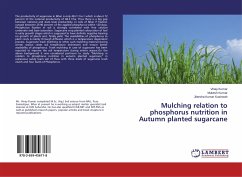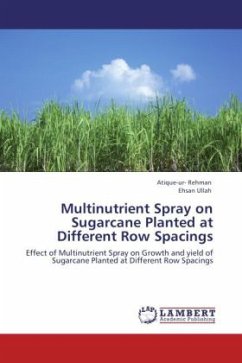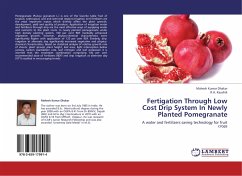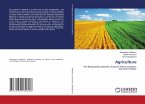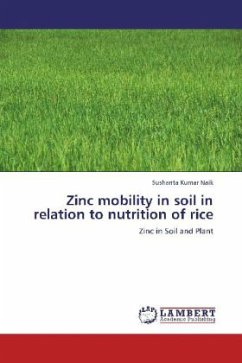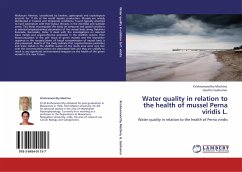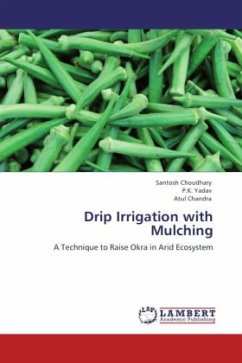The productivity of sugarcane in Bihar is only 48.2 t ha-1 which is about 72 percent of the national productivity of 68.2 t/ha. Thus there is a big gap between national and state level productivity. In soils of Bihar P fixation ranged between 25-90 percent of the applied phosphorus within 120 days. Phosphorus fixation in soil is strongly correlated with free calcium carbonate and base saturation. Sugarcane crop planted colouration of leaf in early growth stages which is supposed to have definite negative bearing on growth of plants and, finally yield. The availabilities of phosphorus to plant roots is mainly through diffusion which is a temperature dependent process. Sugarcane trash mulching or other such mulching material during winter season raises soil temperature (minimum) and ensure better availability of phosphorus. Trash mulching in case of sugarcane has been reported to improve the soil temperature during winter season.On the above background it was considered pertinent to study "Mulching in relation to phosphorus nutrition in autumn planted sugarcane" in calcareous sandy loam soil of Pusa with three levels of sugarcane trash mulch and four levels of Phosphorus.
Bitte wählen Sie Ihr Anliegen aus.
Rechnungen
Retourenschein anfordern
Bestellstatus
Storno

